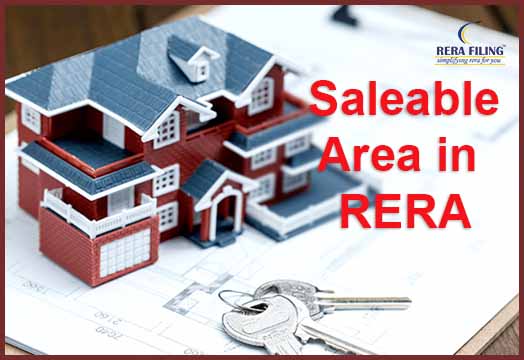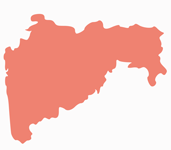What is Saleable Area in RERA?

- General
- Author: Shreya Uppal
Highlights
According to the provisions of the RERA Act, 2016 it is now the duty of the developer, to make buyers aware of the carpet area and quote prices based on this and not the super built-up area.
one should ask the developer for the ratio of carpet area to the super built-up area. The higher the ratio of carpet area to the super built-up area, the more space one will get inside the flat.
A lower price does not necessarily mean a better deal. Do consider all the factors
The price of the flat is usually based on its saleable area. However, there are many ways to interpret and calculate the saleable area. The saleable area has a huge impact on the actual area one gets, and the total buying price. Not surprisingly, the maximum number of cases registered in the consumer courts, are against developers on the issue of cheating, regarding the size of the flat. According to the provisions of the RERA Act, 2016 it is now the duty of the developer, to make buyers aware of the carpet area and quote prices based on this and not the super built-up area.
Meaning of Saleable area as per Telangana RERA Rules, 2017
“Saleable Area” includes Carpet Area plus veranda/balcony/terrace area which is exclusively meant for the Allottee plus the proportionate share of Common Areas and any other area as agreed between the Promoter and Allottee in the agreement of sale for which a proportionate cost has been collected from the Allottees.
5 terms you must be aware of before buying a home:
1. Carpet Area- It means the net usable floor area of an apartment, excluding the area covered by the external walls, areas under services shafts, exclusive balcony or verandah area and exclusive open terrace area, but includes the area covered by the internal partition walls of the apartment.
2. Built-up area- Built-up area includes the carpet area, plus the extra areas certified by the authorities, such as the area of the outer and inner walls, dry balcony area, etc.
3. Super built-up area- Carpet area + terrace + balconies + areas occupied by walls + area occupied by common/shared construction (e.g. lift, stairs, clubhouse, etc). Generally, builders use loading factor on the carpet area to arrive at the super built-up area. Generally, the super built-up area is the saleable area.
4. Loading factor is the difference between the super built-up area and the carpet area of your flat. It is used to add constructed spaces not exclusively allocated to you. It includes shared areas like lifts, lobbies, staircases, and amenities, as well as a part of your terrace and balcony. The loading factor of 1.20 means that your builder has added 20% to your carpet area. If the residential project does not have many amenities, the loading factor will be small. In most cases, a loading factor of 1.30 is considered sufficient.
5. Per square foot rate- It is the rate quoted by the builder. It is typically applied to the super built-up area to determine the price of your flat. The important thing to remember here is that the per-square-foot rate of your flat is normally based on the super built-up area (also called saleable area), which includes not only the carpet area of your flat (i.e. the usable area inside your flat) but also some additional areas of the flat (like balcony and terrace area) and building complex (like lobbies, staircases, passages, etc.).
Therefore, one should ask the developer for the ratio of carpet area to the super built-up area. The higher the ratio of carpet area to the super built-up area, the more space one will get inside the flat.
Some of the essential tips:
1. The more saleable area does not necessarily mean more carpet area.
2. Area calculation method can seriously affect the buying price.
3. A lower price does not necessarily mean a better deal. Do consider all the factors.
For Project Registration, Click here.
Tags: Carpet Area, Telangana
Latest Blogs
- Rights of buyer under RERA
- Delhi RERA Agent Procedure for Re-validation or Renewal
- MahaRERA guidelines for Real Estate agent training and certification
- Force Majure Clause in RERA
- All you need to know about Relinquishment Deed
- RERA Agent Renewal in Maharashtra
- What is Title Verification and Search Report?
- Revocation under the RERA Act
- RERA Limitations
- Homebuyers right in case of insolvency
Copyright © 2023 RERA Filing. All rights reserved.
 Rera
Act
Rera
Act
 Maharashtra
Maharashtra Karnataka
Karnataka Andhra Pradesh
Andhra Pradesh Uttar Pradesh
Uttar Pradesh